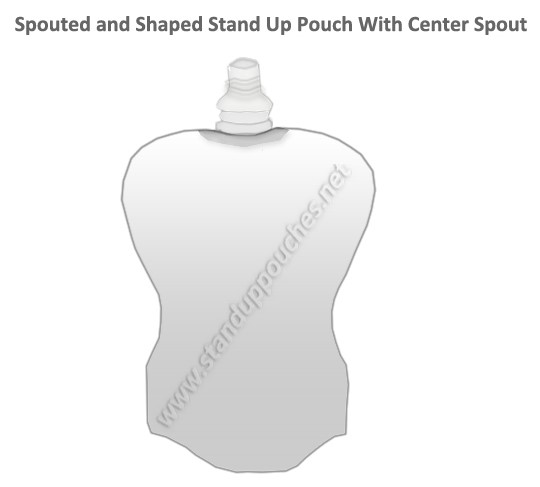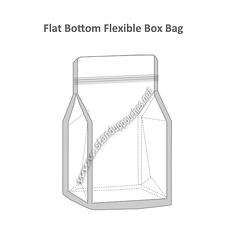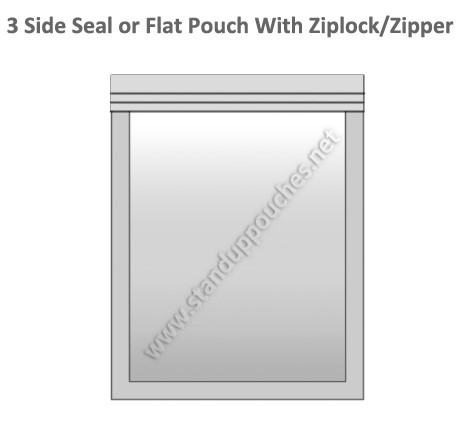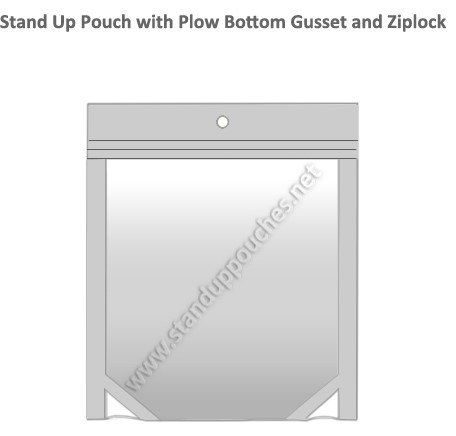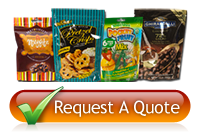When it comes to the needs of our customer’s retail packaging, we don’t group every company together in one box. Each company has different needs and priorities for packaging their products. Consider a supplier that aims to cater to each customer, working with you to ensure they hit every point on your checklist.
But sometimes, you might not be so sure what exactly will determine your must-have checklist. You have an idea that a certain retail packaging is right for you, but you’re a little lost in terms of your exact needs. If this is your situation, we’re here to shed some light on the kind of packaging and features that will help you meet your goals.
Packaging Salads, Soups, and Sauces? Think in Layers
If your company has products that come in liquid form, such as salads, soups, and sauces, the right combination of film layers will protect your product depending on if the package merely holds liquid or is counted on to withstand actual cooking of the ingredients (such as a boilable bag or a retort type of pouch).
Flexible packaging with the right amount of layers will result in more durable packaging with the perfect amount of stiffness. This will ensure that your packaging stands properly while containing liquid product. Regardless of contents, your packaging will remain in an upright position on the store shelf.
Furthermore, you don’t necessarily have to opt for a pour spout with a lid for your liquid product. Our custom stand up bags are capable of housing liquids with or without our zip locking feature, leaving your soups, salad dressings, and sauces safe and secure.
Pet Supply Packaging? Film Matters
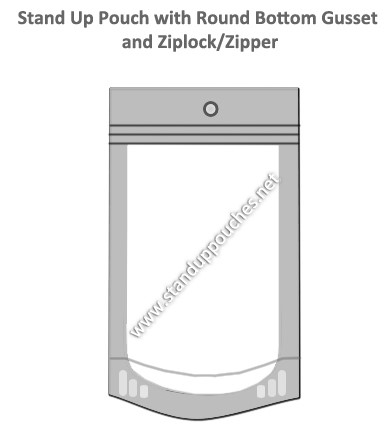
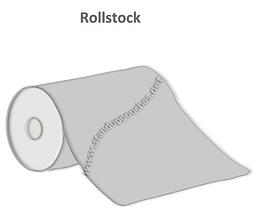
Indoor pet food that caters to animals such as birds, cats, dogs, and small pets such as guinea pigs and hamsters can be stored in flexible pet food packaging. When you are making your pet supply packaging selection in this industry, the type of film layers should be top priority. Options range from Mylar (metalized film), foil, clear film, and more.
Your film barriers protect the contents of your bag and keep them fresher for longer periods of time. It will also help protect your product from unwanted moisture, and even reduce the chance of insects making their way into your pet’s food. Flexible retail packaging offers top-notch protection for every kind of pet, from fish to feathered friends.
Is Ground Coffee Packaging Your Gig? Think Small
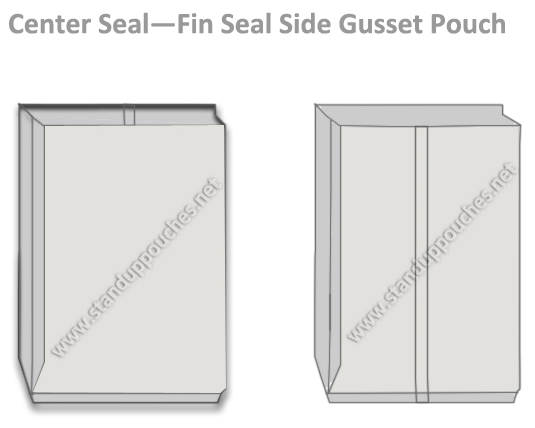
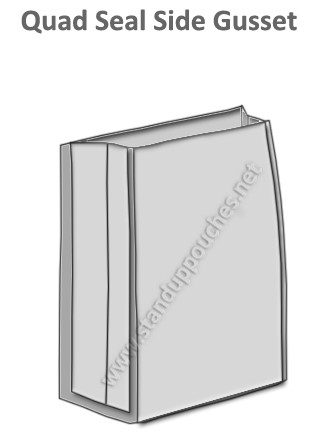
We almost always encourage our customers to think big. This is a unique situation where we actually tell our customers to think small— at least when it comes to the size of ground coffee packaging.
Coffee packaging is intricately engineered to keep ground coffee fresh for as long as possible. Stale ground coffee makes for grouchy customers. Why take that chance when you can control the flavor and freshness of your ground coffee with flexible retail packaging?
Small coffee packaging is optimal for offering a fresh cup every morning. This is achieved by minimizing the factors that cause ground coffee to lose its taste in the first place. By using small packaging, your ground coffee will be protected from light exposure and moisture. Using the right barrier film layers will also keep your coffee protected from being exposed to air for prolonged periods of time—another factor that contributes to stale tasting coffee.
Better yet, the design of retail packaging will extend the shelf life of your product. Stand up pouches, flat barrier bags, and traditional coffee pouches won’t lose shape and break down, which is a common occurrence in lower quality packaging. Your ground coffee packaging will look brand new on the store shelf every day of the week.
Need Barrier Bags for Meat And Cheese? Don’t Settle For Boring
Does your company sell and market meat and cheese products like beef jerky, cheese cubes, and combinations of such items? If so, you don’t have to settle for run-of-the-mill barrier bags for meat and cheese. Boring packaging might function OK and do their intended job, but why not get more mileage out of your packaging? With the right retail packaging, you can keep your products fresh and tasty all while looking awesome on the shelf.
Flexible packaging offers nearly complete control of the design and color of your product packaging. While your competitors are using the standard boring and clear meat packaging, you’ll be ahead of the competition with bold, crisp graphics and a brand that your customers are bound to remember.
Fruits, Nuts, and Vegetable Packaging? Consider Laminated With Gloss Finish
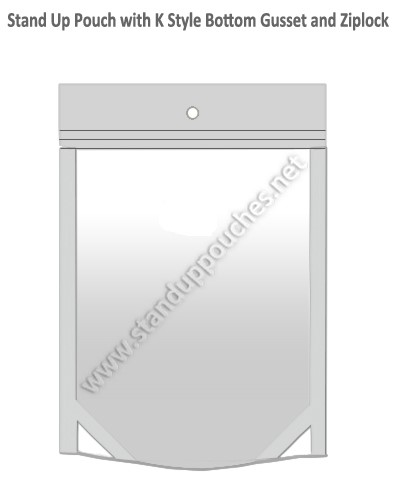
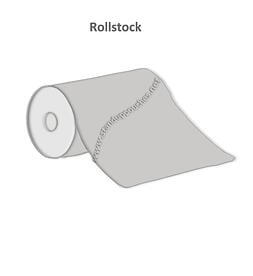
Similar to packaging for soups, salads, and sauces, dried nuts and fruits also benefit from combined layering in flexible retail packaging. Barrier film won’t add much protection on its own, so the trick is to laminate the films together to create a supercharged package design that won’t easily rip or tear— this could result in not only damaged product, but a damaged reputation.
When you are packaging dried nuts, fruits, and granola, withhold from packaging that essentially glues the clear film window onto the bag. This creates a weak barrier and does not properly protect your food product as well as it should. Laminated food packaging with a gloss finish is a clear structure, so you are still able to get a window that doesn’t require gluing. You’ll get seamless food packaging with high quality printing—your packaging will tell your story while sitting right on the store shelf.
These pointers only skim the surface of available packaging. There are tons of additional options to explore, and we’re armed with advice to help you make the right decision for your product packaging.
Flexible retail packaging can accommodate a laundry list of products, and there’s a good chance that your product and brand can benefit. From baby food to birdseed, you shouldn’t have to worry about the quality of your product packaging and keeping your food products protected. Once you discover the kind of flexible retail packaging that’s right for you, you’ll never second-guess your decision to go flexible.

